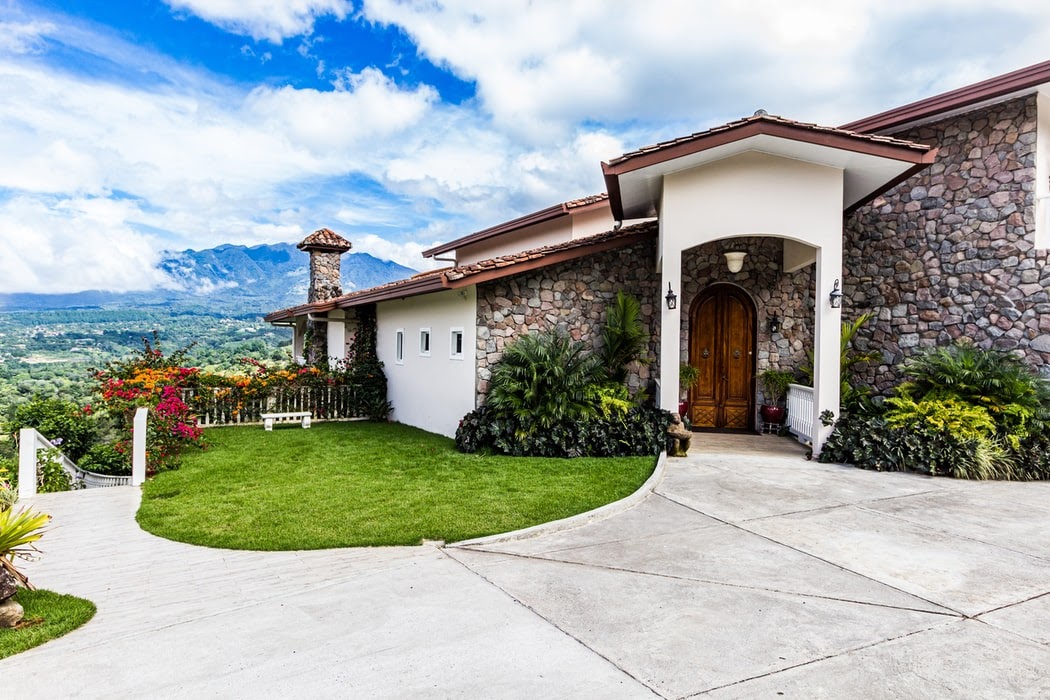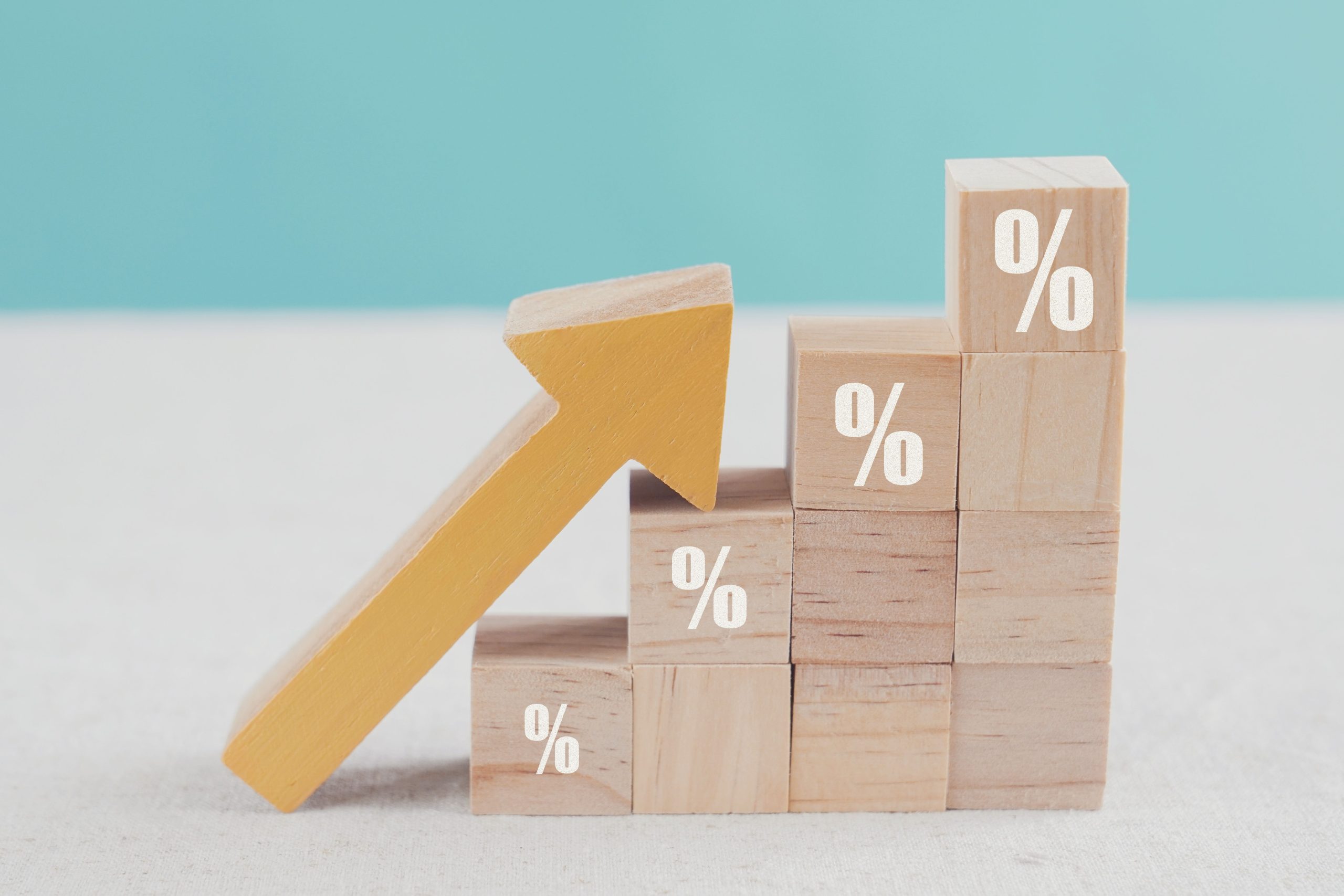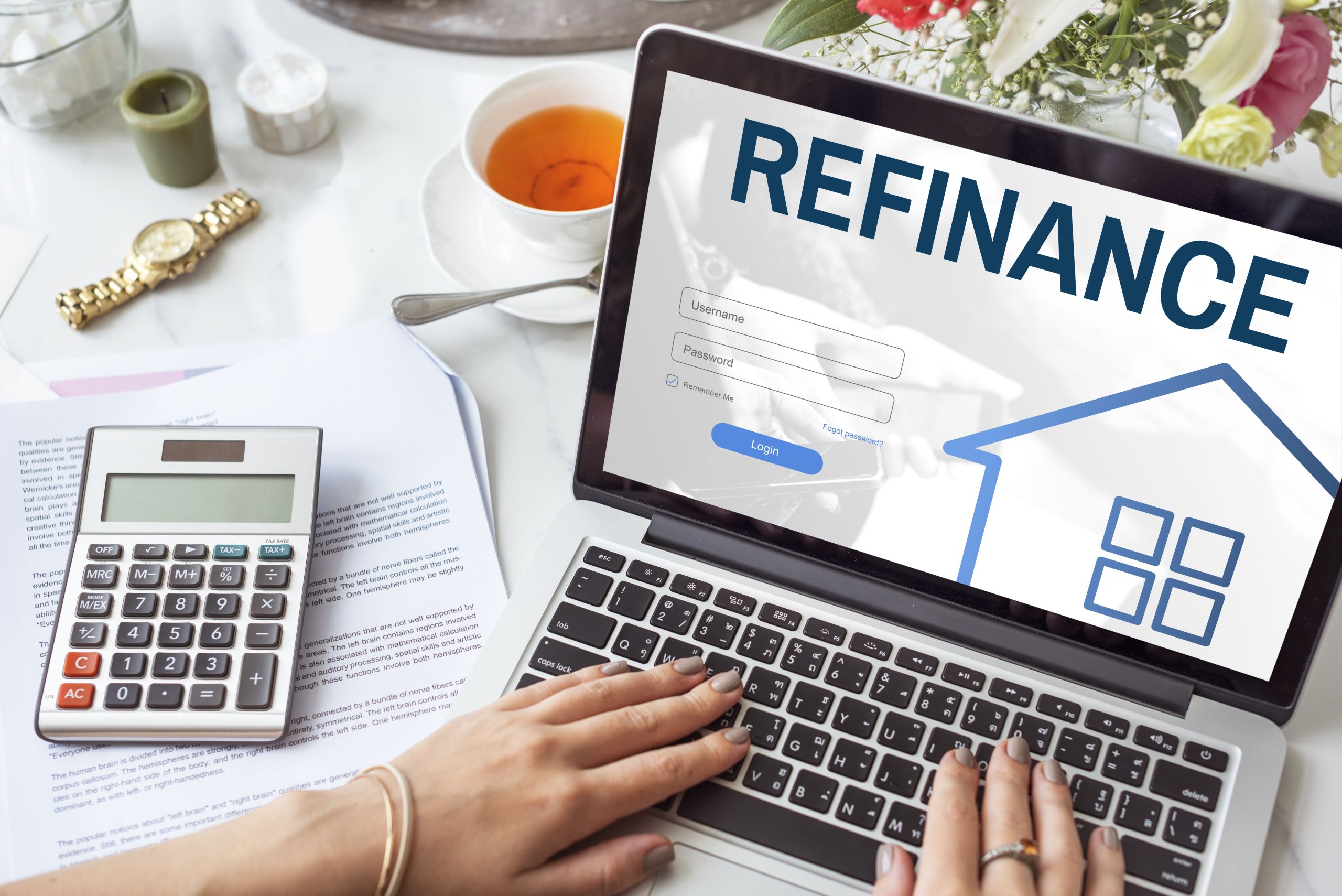At Reliant Mortgage, we understand that loan officers are the backbone of the mortgage industry…

A breakdown of Low Maintenance siding options of your home
When it comes to your home’s siding, there are several things to consider. There’s cost, aesthetics, durability, and overall upkeep. Most people make their choice based solely on appearance. While you want your siding to look nice and your roof and siding colors to complement each other, it’s essential to look at more than just the visual outcome.
More homeowners are beginning to consider maintenance and durability as primary deciding factors in choosing a siding material. Because, while we all want our houses to look beautiful, if they’re a pain to maintain, the aesthetic charm can lose its appeal.
However, there’s no shortage of siding options. So, which options are low maintenance, durable, and visually appealing? Here are four terrific options to get you started on your search.
Option #1: Fiber Cement
Many people love the look of stone, but the price tag can be a bit of a shock. Fiber cement is made by combining cement, sand, wood pulp, and clay. As far as appearance goes, this versatile siding material can mimic stone, stucco, wood, and more. Because of its versatility, it’s a top choice for homeowners looking for the look of expensive siding without the cost.
However, it’s not just its look that makes it appealing. Fiber cement is incredibly durable. On average, it lasts about fifty years. It resists rot, fire, and pests, and survives in virtually every climate.
It’s a lower maintenance option, too. The fiber cement itself requires very little upkeep. However, it will need to be repainted and re-caulked at various points throughout its lifetime.
Option #2: Metal
Metal siding has advanced substantially from its initial appearance and offerings. While it used to be just long sheets of aluminum, now, there’s copper siding, paneled, white board and batten siding, and more. While metal naturally lends to a rustic motif, it also plays well for a modern industrial aesthetic, too. Plus, it comes with an assortment of other advantages.
For one, metal is relatively cost-effective. It’s a little more expensive than wood siding, but it doesn’t have any of the same issues that wood has. Metal siding is fire-proof and insect resistant. It’s also energy-efficient and recyclable. It’s incredibly malleable and lasts around thirty to fifty years with minimal maintenance and upkeep.
The only real downside to metal is that it can dent and rust, and the initial installation can be a bit pricey. However, you can get rust and corrosion-resistant metal and opt for higher-quality metals like steel that won’t dent as easily to avoid these potential problem spots.
Option #3: Vinyl
Vinyl is the most cost-effective and versatile siding option out there. It entered the market in the 1950s, and it’s comprised of PVC plastic resin. It’s a breeze to install, and once installed, it lasts around thirty years with minimal maintenance.
On this list, it’s probably the lowest maintenance option because you install it, and it’s good to go. It resists water, so cleaning it is as simple as spraying it down with a water hose. However, because it’s made of plastic, it lacks some durability, and depending on the manufacturer, the appearance can look low-quality.
You can get vinyl in virtually any color or texture you want, so it can be a dream if you’re looking for something specific. If you live in a place that isn’t subject to extreme weather conditions, you might not need the added durability that the others on this list provide.
Option #4: Stone
Natural stone is the most luxurious of home siding materials. It has an organic beauty that can’t really be adequately captured outside of nature. It’s the most costly option, by far, but once installed, it lasts more than seventy-five years.
Stone resists fire, rot, insects, and extreme weather conditions. It will require expert installation. And while repairs aren’t frequent, if they do occur, they can be costly. Most natural stone is pretty low-maintenance. Some stone will require specific cleaners and brushes, but others won’t.
Ultimately, you’re paying for the durability and sophisticated beauty that you get with natural stone. The day-to-day maintenance is a little higher than the others on the list, but you won’t have to worry about replacing, repainting, or refinishing your siding any time soon.
Choosing the Right Siding Option
These are just four siding options on the market. However, these four options are some of the lowest maintenance options out there. Overall, you’ll need to weigh many things when deciding which choice is right for you.
Consider cost and durability, and think about aesthetics. Check out paint ideas, exterior window trim ideas, and overall design motifs to see which siding most fits the look you want. Then, evaluate the pros and cons of each siding material. In the end, as long as you go with a material that checks all your boxes, you’ll be in great shape and end up with a home you can be proud of for many years to come.
Matt Lee is the owner of the Innovative Building Materials blog and a content writer for the building materials industry. He is focused on helping fellow homeowners, contractors, and architects discover materials and methods of construction that save money, improve energy efficiency, and increase property value.




